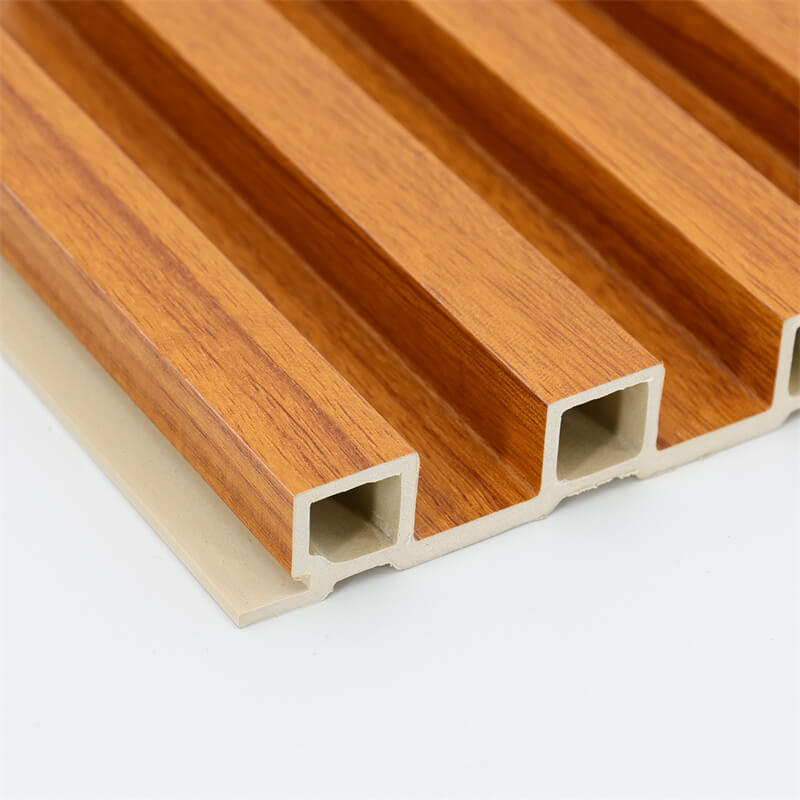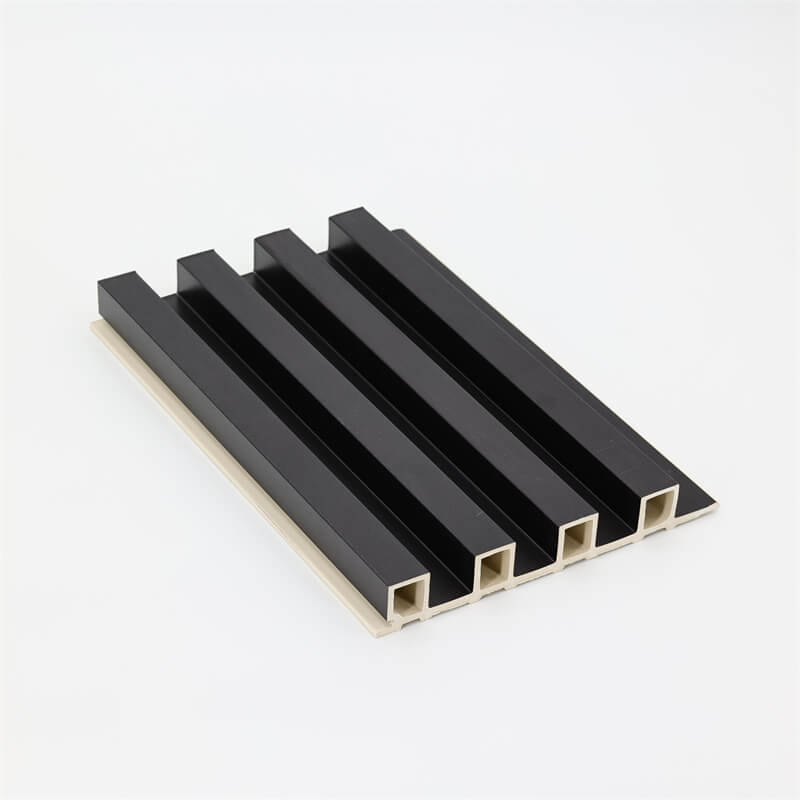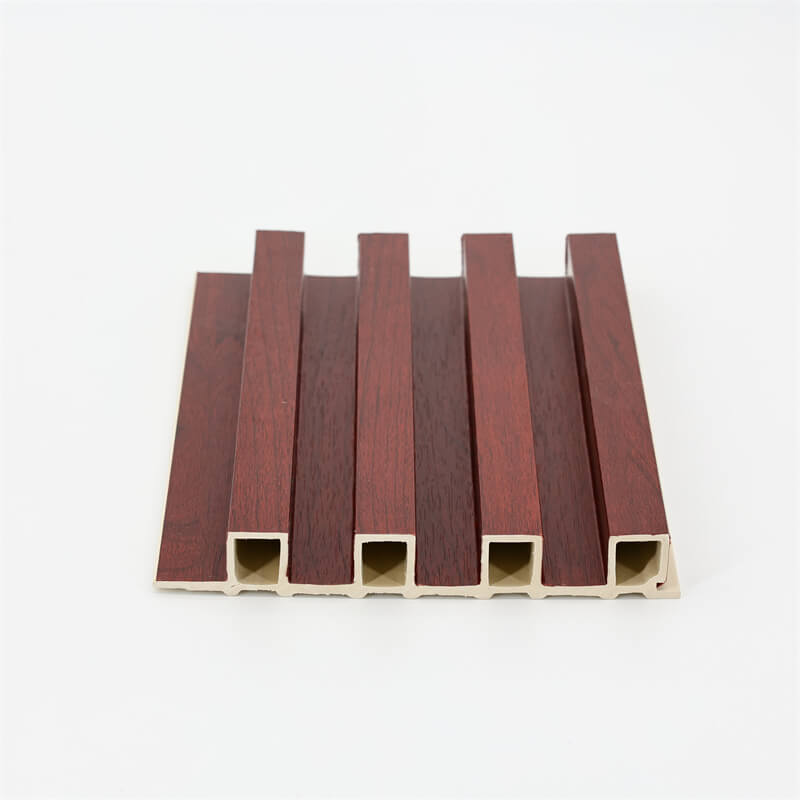
In recent years, the growing concern for environmental sustainability has sparked an increased interest in eco-friendly building materials.
As people become more conscious of their ecological footprint, they are seeking innovative solutions that combine functionality, aesthetics, and environmental responsibility.
Wood-Plastic Composite (WPC) wall panels have emerged as a remarkable green alternative for enhancing interior and exterior spaces while reducing the impact on the planet.
This essay aims to explore the eco-friendly advantages of WPC wall panels for residential applications, shedding light on their environmental benefits, durability, versatility, and impact on indoor air quality.
I. Environmental Benefits of WPC Wall Panels
WPC wall panels are an eco-friendly building material primarily composed of recycled wood fibers and plastic polymers.
One of the most significant advantages of using WPC panels in your home is the reduced demand for natural resources.
By utilizing recycled wood fibers, these panels help conserve forests and minimize the need for logging, protecting precious ecosystems and biodiversity.
Moreover, WPC panels contribute to reducing plastic waste. Plastic polymers used in these composites often come from post-consumer recycled materials, such as bottles and packaging.
By incorporating plastic waste into the panels, the burden on landfills is reduced, promoting a circular economy and minimizing the adverse environmental impacts of plastic disposal.
Additionally, the manufacturing process of WPC wall panels consumes less energy compared to traditional alternatives like cement or brick.
This reduced energy consumption translates into a lower carbon footprint and a decrease in greenhouse gas emissions, further supporting sustainable construction practices.

II. Durability and Longevity
One of the key advantages of WPC wall panels is their exceptional durability and longevity.
The combination of wood fibers and plastic polymers results in a material that is highly resistant to moisture, rot, and pests, ensuring the panels’ extended lifespan.
Traditional wood panels are prone to decay when exposed to moisture, which can lead to frequent replacements and increased waste.
However, WPC wall panels maintain their integrity even in high-humidity environments, making them ideal for bathrooms, kitchens, and other moisture-prone areas in your home.
The durability of WPC panels also reduces maintenance requirements, saving both time and resources in the long run.
Unlike wood, WPC does not require regular painting, staining, or sealing to maintain its appearance and structural integrity.
This not only saves on maintenance costs but also contributes to a more sustainable lifestyle by minimizing the use of harmful chemicals present in traditional wood treatments.
III. Versatility in Design and Application
WPC wall panels offer a wide range of design possibilities and can mimic the appearance of natural wood, stone, or other materials, adding a touch of elegance to your home.
They are available in various colors, textures, and sizes, allowing homeowners to customize their spaces according to their preferences and style.
Whether you prefer a modern, minimalist look or a rustic, traditional ambiance, WPC wall panels can effortlessly adapt to your desired aesthetic.
The versatility of WPC extends beyond its appearance.
These panels can be easily cut, shaped, and installed, making them suitable for a variety of applications both indoors and outdoors.
From accent walls and ceilings to exterior cladding and facades, WPC panels offer a seamless integration with different architectural styles.
Additionally, their lightweight nature simplifies transportation and installation, reducing the overall environmental impact of construction processes.

IV. Improved Indoor Air Quality
Indoor air quality (IAQ) is a crucial factor in maintaining a healthy and comfortable living environment.
Traditional building materials, such as paints, adhesives, and certain wall panels, can emit volatile organic compounds (VOCs), which are harmful to human health and contribute to air pollution.
In contrast, WPC wall panels are inherently low in VOC emissions, promoting better indoor air quality.
As a result, choosing WPC panels for your home can create a healthier living space, particularly relevant for individuals with respiratory sensitivities or allergies.
In conclusion, Wood-Plastic Composite (WPC) wall panels represent a remarkable eco-friendly alternative for enhancing your home while reducing your ecological footprint.
By utilizing recycled wood fibers and plastic polymers, these panels contribute to resource conservation, minimize plastic waste, and reduce energy consumption during the manufacturing process.
Additionally, WPC wall panels offer exceptional durability, longevity, and low maintenance, making them a cost-effective and sustainable choice for residential applications.
Furthermore, the versatility of WPC panels allows for diverse design possibilities and applications, catering to various architectural styles and preferences.
Beyond aesthetics, WPC panels contribute to improved indoor air quality by emitting minimal VOCs, ensuring a healthier living environment for occupants.
As we continue to strive for a greener future, WPC wall panels stand as a testament to
the potential of eco-friendly building materials in shaping a sustainable and environmentally responsible world.
By embracing WPC technology, homeowners can create aesthetically pleasing spaces while taking meaningful steps towards a more sustainable and eco-conscious lifestyle.
